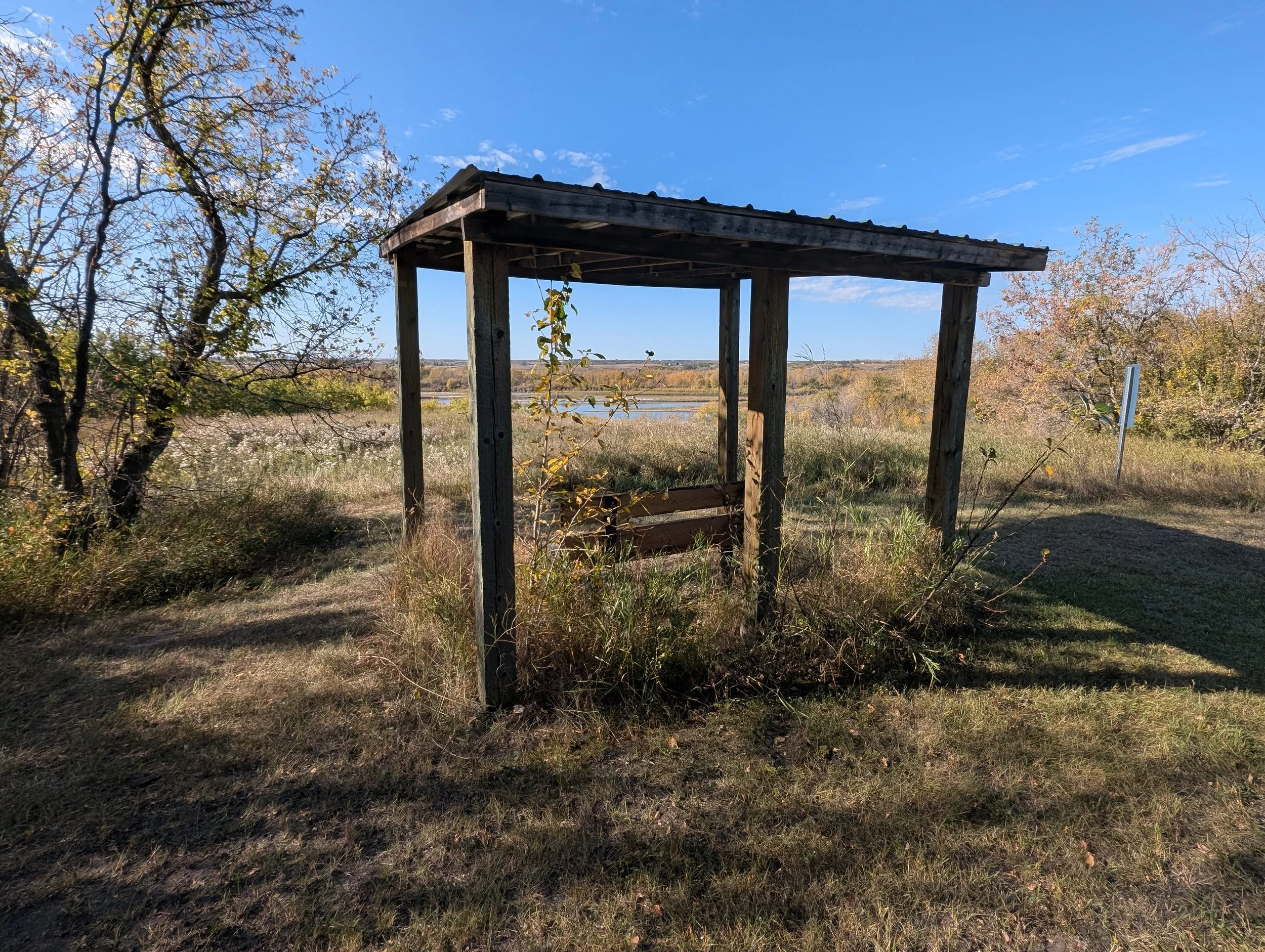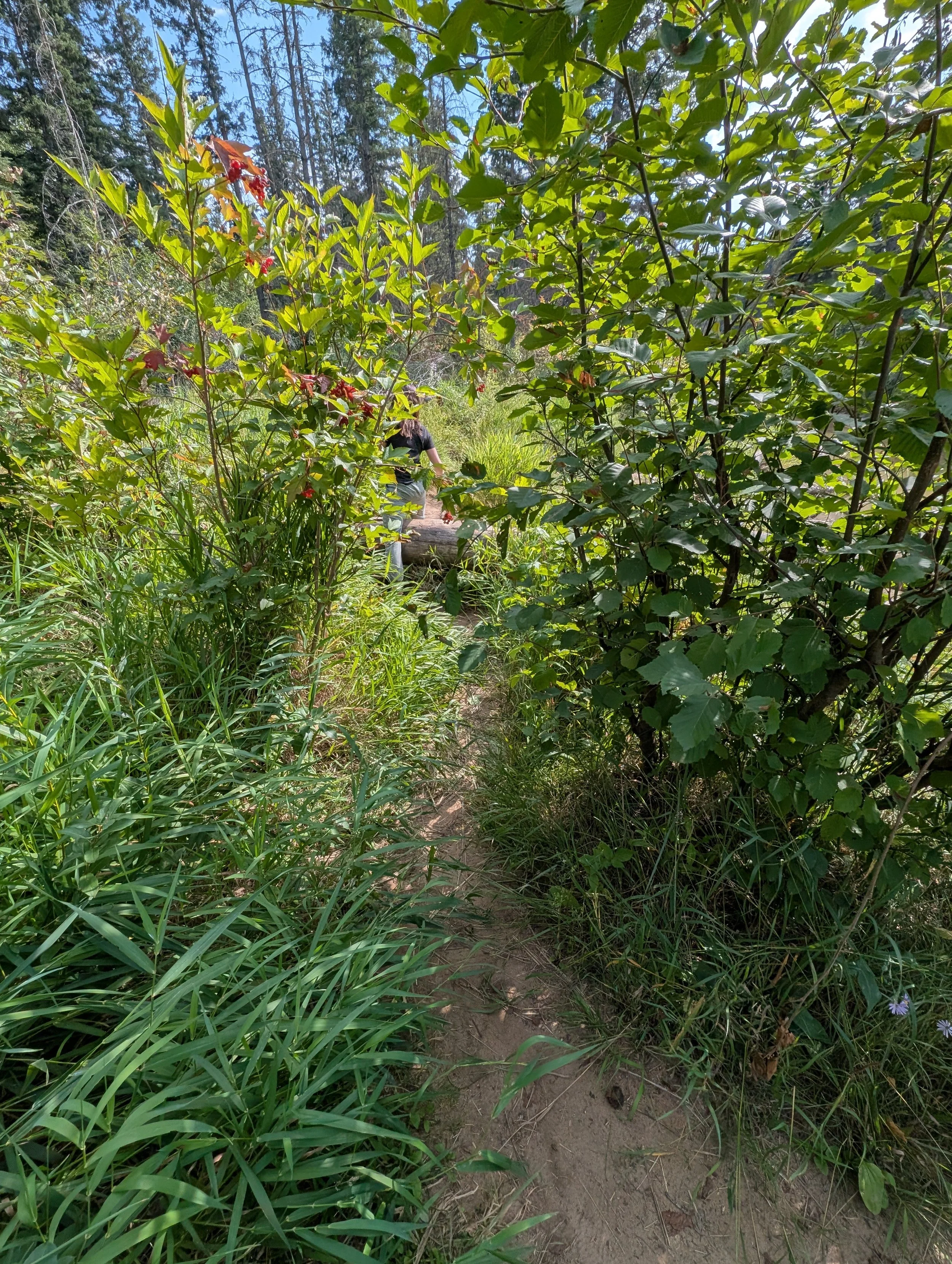Pillars of Urban Parks
Why Create Urban Parks & Recreation Spaces
If you’re considering building or expanding a green space or park in your community, you probably already know some of the benefits to providing these outdoor areas for residents.
Studies have shown that natural and green spaces within communities have wide ranging positive effects on mental health, anxiety and depression reduction, and an overall sense of wellbeing.
By making these spaces accessible to everyone, you will be providing healthy, community building options for recreation and socializing.
As you envision your park plan and think about the projects you will start to bring your plan to your residents, keep in mind these essential elements of urban park planning and development.
Encourage Action & Recreation
Urban parks can provide healthy options for adding active recreation to anyone’s lifestyle, from organized sports to unstructured play. Numerous studies have shown the physical and mental health benefits of adding even a half hour of action to your day, regardless of your age or physical ability.
Creating an urban park that encourages everyone to add action to their day means looking into all the ways in which people enjoy activity. This might be free or low fee access to a facility for organized sports, but it might also be providing unstructured spaces for play, creative expression, or organized activities such as yoga or outdoor fitness classes.
Of course every park cannot cover every type of activity that people enjoy, but when designing your park, keep in mind how you can incorporate a good mix of structured and unstructured activity options, and both accessible and physically challenging environments.
Little Red River Park in Prince Albert and Battleford River Valley in the Battlefords have an extensive trail network with paths in natural areas for hiking, cycling, and cross country skiing. Each also provides fully accessible paved trails with easy access to playground facilities and multiple benches to sit and rest while exploring and playing!
Provide Education
Urban parks that include diverse, accessible green spaces, interpretive signage and buildings, and outdoor learning areas provide excellent opportunities to educate users in fun and interactive ways.
Well designed parks can educate users about biodiversity, how to respect and interact with wildlife, and how to use park amenities safely and cooperatively. In addition, many parks provide outdoor education facilities and supportive environments for use by teachers and other educators.
Parks that are freely accessible can extend classroom learning into nature, and can use public facilities to encourage outdoor activity as well as learning about the natural environment. From signage, to interpretive centers, to knowledgeable staff interacting with the public, there are many options to take nature based learning to the public in a friendly, safe, and interactive way.
Each ASUPCA member park encourages or facilitates relationships with public schools. North Battleford, Prince Albert, Meewasin Valley Authority in Saskatoon, and Wascana Centre in Regina all run programs for school aged kids. These programs focus on interactive play, and require a lot of creative resource development! If you are interested in developing or expanding outdoor learning for kids in your community, get in touch!
Integrate Accessibility and Inclusion
Urban parks are a benefit to the entire community, and as such should take into account the needs of all of the residents. Not all park amenities can be free or freely used by everyone, but your park projects should have aspects within it that can meet the needs within your community.
The simplest way to incorporate accessibility is to ensure that there are walking trails suitable for all modes of transportation. Meewasin Valley Authority have published guidelines that ensure a high degree of access and modes of transportation, especially in the built up area of the trail within the city. Additionally, maintained trails throughout the trail system follow accessibility guidelines as much as possible.
Inclusion principles go beyond accessibility to help planners understand how the built environment can offer features and amenities that encourage participation. Accessibility can be understood as reducing barriers to participation; inclusion builds seamless opportunities to participate by user groups that face different challenges in built environments. By focusing on inclusive design, public spaces welcome all people regardless of their needs.
The City of Swift Current had an opportunity to build a unique, inclusive playground with the assistance of a local consultant and supplier. Playground design focused on inclusivity in play structures, bathroom amenities, seating and picnic areas, surfaces, signage, and parking lot design. The result is a welcoming play area for children of all abilities and their caregivers.
Connecting People to Nature
Urban areas can be rich in opportunities to allow residents to interact with nature, and by implementing some simple projects, provide natural habitat for diverse species. Whether they are newcomers to Canada, or long time prairie residents, anyone can appreciate opportunities to find out more about the natural ecosystem that underpins all of our communities.
Consider trails through natural areas, and finding areas within the community that could be returned to a natural state. Simple additions such as benches and educational signs in an otherwise natural space encourages use, and requires little maintenance. Ensure that signage encourages positive uses, and use your volunteer group to monitor for invasive species or areas of erosion.
Battleford River Parkway Trail lookout spot
Each ASUPCA member park or conservation area provides access to natural spaces that encourage native species to flourish, and provide access without any environmental controls. Trails within these areas may be paved, but other amenities and maintenance are limited, and designed to fit within natural spaces. In some cases, desire paths and trails (paths that are not designed or maintained) are discouraged, but generally humans are encouraged to act naturally and interactively (but safely) within these spaces!
Interconnections and Transportation
Within your park system, you may have an opportunity to create interconnections between communities that are easily and safely accessible to a variety of transportation methods. If your community or park masterplan includes introducing active modes of transportation, ensure that you create a trails plan that can accommodate. A long term vision for an interconnected community can help you take advantage of opportunities for funding or cooperation on projects that over time will bridge communities together.
It’s important to implement a strategy for paths, wayfinding signs, access points, tree canopy, maintenance, and pedestrian safety early in the process, and ensure that strategy is reviewed periodically.
Chinook Parkway Paved Trail
Meewasin Valley (Saskatoon) and Chinook Parkway (Swift Current) have trail networks that focus on active transportation, and on accessible interconnections between neighbourhoods. In Swift Current, this long term vision allowed the city to take advantage of a roadway project and available funding to bridge communities divided by the Trans Canada Highway, a significant undertaking that enhanced safe active transportation across a high vehicle traffic zone.
The Meewasin Valley trail system connects many kilometres of parks, naturalized areas, communities, and recreation areas inside and outside the city. Their trailbuilding guidelines mean that development and maintenance of this corridor is consistent and reliable.
Conservation
Conservation is a cornerstone of urban park development for a number of reasons, and for a variety of purposes. Whether through preservation of a sensitive ecological area, or related to managing an area prone to flooding or erosion that threatens development, conservation should form a crucial purpose of your park masterplan.
There are several regional, provincial, and national organizations dedicated to conserving what remains of native ecosystems, with resources that can help you create and manage an area dedicated to conservation within your urban park system. The Saskatchewan provincial government has a long term strategy for preserving 12 percent of Saskatchewan land, with resources available to help.
There are long term benefits to protecting, preserving and enhancing natural areas in our environment. Conservation projects dovetail well with education programs, and can bring new partners to the table when discussing projects that promote diversity and sustainability.
Little Red River Park Trail
Municipal 30x30 is a national organization helping municipalities across Canada achieve 30 percent conservation area across the country. Resources for a conservation project may be available through national initiatives to reach this goal.
The Nature Conservancy of Canada focuses on projects that help protect ecologically unique and environmentally vital native grasslands. Resources may be available for a conservation project in your community that helps to achieve preservation goals.






